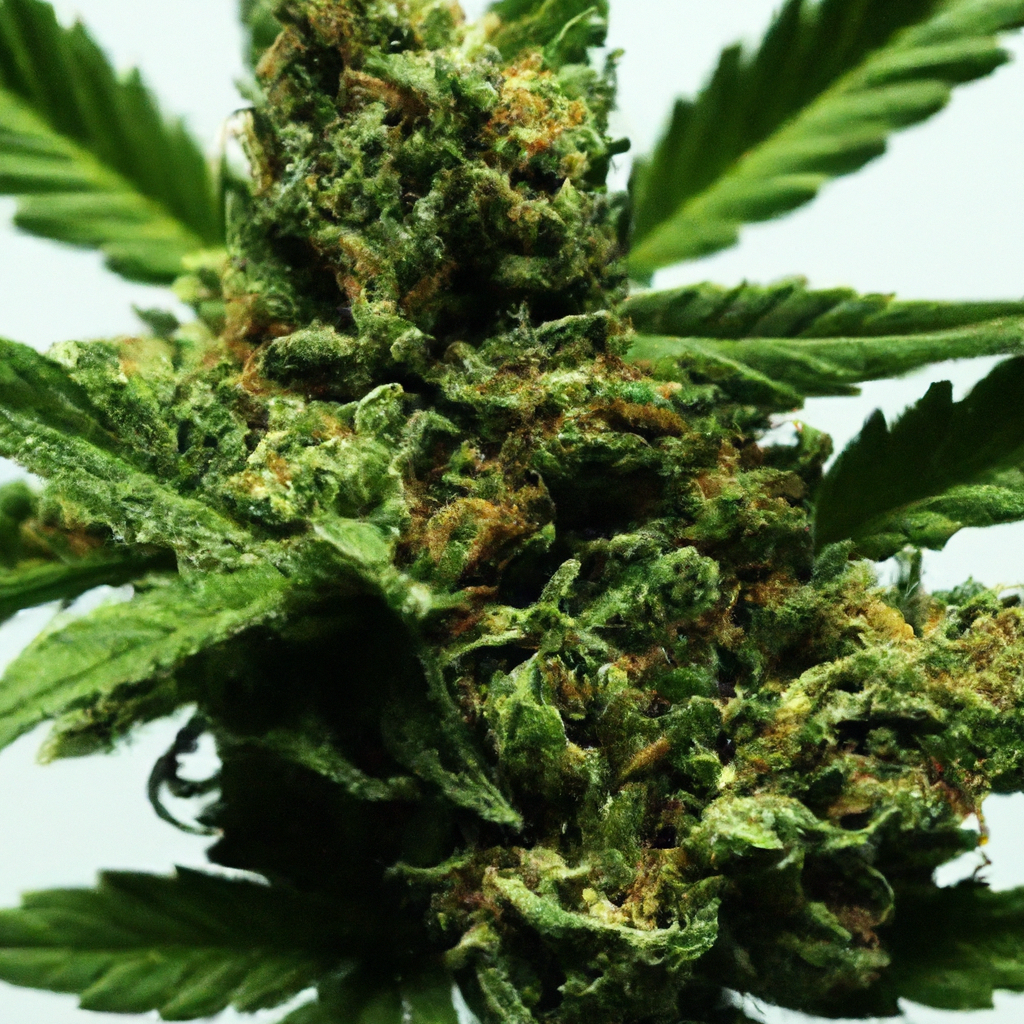Your cart is currently empty!
As the world faces unprecedented climate challenges, unconventional solutions are being explored in various sectors. Cannabis, traditionally known for its medicinal and recreational uses, is now emerging as a surprising player in climate control initiatives. Let’s explore how this versatile plant is contributing to environmental sustainability and climate resilience.
The Carbon Sequestration Potential of Cannabis
Cannabis plants, particularly hemp varieties, are effective at carbon sequestration—the process of capturing and storing atmospheric carbon dioxide. This ability helps reduce the overall greenhouse gas emissions in the atmosphere. Cannabis crops grow rapidly and have a high biomass yield, allowing them to capture significant amounts of CO2 during their life cycle.
Hempcrete: A Sustainable Building Material
Hempcrete, a sustainable construction material made from hemp fibers and lime, is gaining popularity in green building practices. Apart from being carbon-negative, hempcrete offers excellent insulation properties, durability, and breathability. Its use reduces reliance on conventional, energy-intensive building materials, thus lowering carbon footprints in the construction industry.
Promoting Biodiversity and Soil Health
Cannabis cultivation supports biodiversity and enhances soil health. The deep root systems of cannabis plants improve soil structure and increase water infiltration. Additionally, cannabis can be integrated into diverse cropping systems, promoting symbiotic relationships among various plant species and contributing to ecosystem resilience.
Real-World Examples: Cannabis in Action
- France: Several hemp farms in France are leading the way in carbon sequestration efforts, with initiatives aimed at maximizing biomass production to capture more CO2.
- Netherlands: Green building projects in the Netherlands are utilizing hempcrete to construct energy-efficient homes, showcasing the material’s potential in reducing carbon footprints.
Conclusion
The role of cannabis in climate control offers exciting opportunities for sustainable development. By leveraging its carbon sequestration capabilities, promoting biodiverse agricultural practices, and using products like hempcrete in construction, cannabis is positioned to make significant contributions to environmental sustainability.
While challenges remain in scaling these applications, ongoing research and innovation continue to uncover new ways cannabis can help mitigate climate change effects, making it a valuable asset in the fight for a greener planet.
Tags: CarbonSequestration, EnvironmentalImpact, SustainablePractices, EcoFriendly, CannabisCultivation
Discover more from Magic Clones
Subscribe to get the latest posts sent to your email.


Leave a Reply